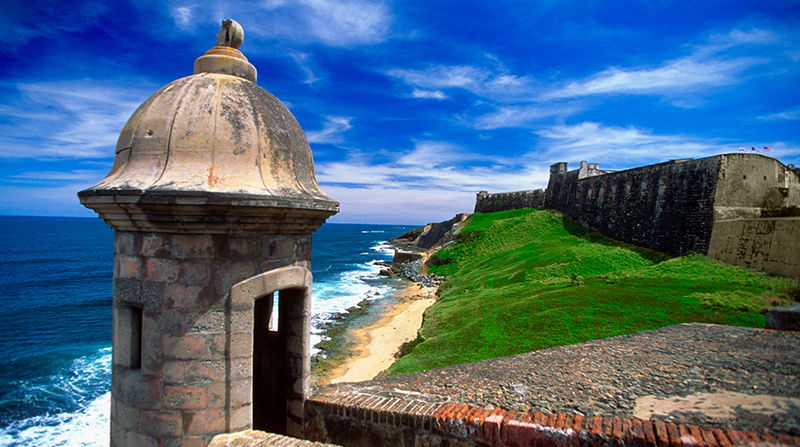

San Juan. Credit: InterContinental San Juan
While global warming, and its resulting devastation, is real, there is another side to the story. This other part involves the human spirit and its resiliency. We saw it in Houston after Hurricane Harvey. Same for Napa once the wildfires calmed. And in Puerto Rico, we too witnessed one of the clearest examples in recent memory of how community always rises over calamity.
Hurricane Maria’s impact on the magical island can never be marginalized. Lives have forever been changed. But what we can celebrate today is the fact that much of San Juan’s infrastructure has been rebuilt, its businesses have reopened and its people’s smiles have returned. It is all such a mesmerizing story, and something that you should see with your own eyes.
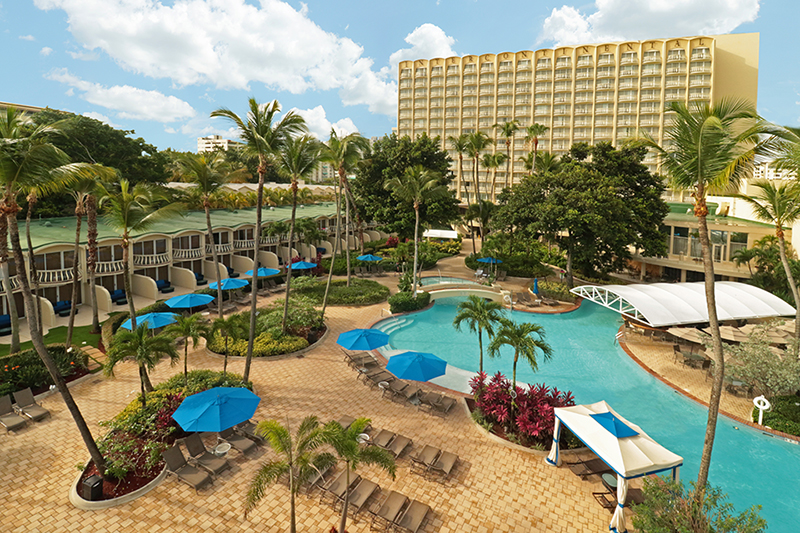
InterContinental San Juan. Credit: InterContinental San Juan
The Hotels
According to the Puerto Rico Tourism Company (PRTC), the island’s overall travel numbers have hobbled a little since the 2017 storm. In 2018, the U.S. territory reported 979,567 hotel guests, which is down from 1,372,919 in 2017.
But those statistics aren’t terribly surprising. Ask any destination recovering from a tragedy and it’ll tell you that it takes time for travelers to be wooed back after being worn down with so many negative images on the news.
There are signs of hope on the island, though. The PRTC reported that more than 112,000 people stayed in hotel rooms in December, and that’s up from 59,000 who visited in that same timeframe a year earlier.
A spike in high-end hotel openings also has been promising. The PRTC says that more than 3.8 million room nights were available on the island in 2018. For savvy travelers who’ve been keeping their eyes open, they know that tally now includes The St. Regis Bahia Beach, Puerto Rico, a Forbes Travel Guide Five-Star resort that formally reopened its teak doors in December after a $60 million makeover. Five-Star Dorado Beach, a Ritz-Carlton Reserve made a similarly splashy return this past fall. The properties are here. They’re just waiting on you to come back and experience them.
“Tell them that we’re open,” said Nestor Colon, the affable head concierge for InterContinental San Juan, a property that makes sense for your next visit not only for its array of amenities but for its five-minute commute from Luis Muñoz Marín International Airport.
“We need to reactivate the economy,” said Michael Herrmann, general manager of InterContinental San Juan. “Giving back the confidence is what we need.”
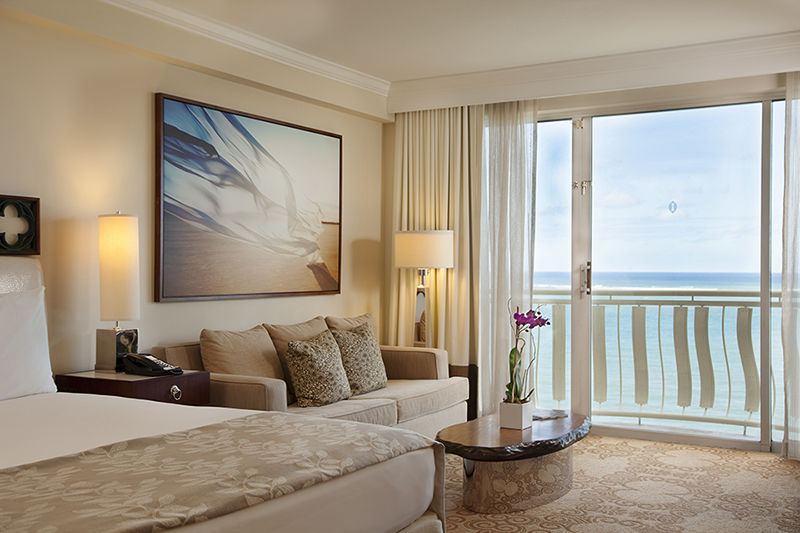
Inside the InterContinental San Juan. Credit: InterContinental San Juan
The InterContinental didn’t suffer the damage that some of its neighbors did. In fact, when other accommodations had to close because of hurricane damage, this hotel stayed open. Eighty-seven employees stayed at the property to assist guests and create a semblance of normalcy. Ballrooms became classrooms. Walkways were sources for Wi-Fi. When employees share their stories from the dark time, there’s a genuine pride in their voices. Everyone looked after each other.
That warmth carries over today to the service, especially if you’re staying in Club InterContinental. Accessed through a private entrance to the right of the lobby, the section is an exclusive part of the hotel with its own concierge, 35 rooms and suites and a snack-filled lobby.
The suites earn high praises for having separate seating areas, glass-enclosed showers and an overall classic aesthetic — and we still can’t get the deliciousness of the orange-and-cranberry marmalade and crackers sitting in our rooms at check-in out of our heads. Still, the best part of the club may be the fact you can get to the lagoon-shaped pool area from your private patio.
The lagoon, with its towering palms and rock formations, is a draw for children and adults who feel like acting like one. Fountains, colorful lights and the relaxed Akua Bar, dishing out burgers and margherita pizzas, take turns keeping you entertained. Oh, and did we mention that the azure waters were mere feet from where you just sipped your cocktail?
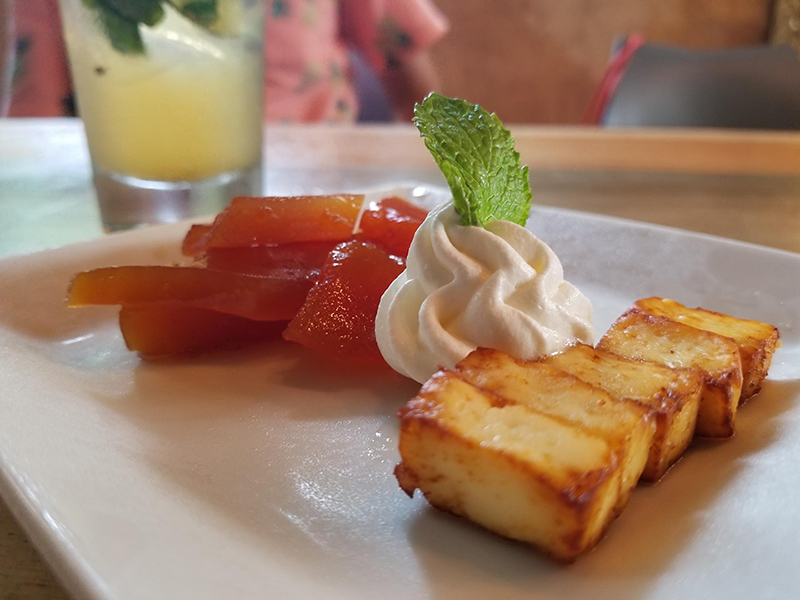
Princesa Gastrobar Appetizers. Credit: DeMarco Williams
The Food
Speaking of cuisine at InterContinental San Juan, three other restaurants — Aleli is a sample of local flavor that preps a whole snapper you simply have to try; Sak-I dishes out Asian fusion; La Bodeguita serves sandwiches and sweets — and a fun, indoor-outdoor Q Bar keep hotel guests happy. Ask the bartender at the latter spot to make you a classic mojito before heading out for the evening.
When it comes to exploring other parts of San Juan’s culinary scene, you also have options. As an island that started with an intermingling of West African, Spanish and indigenous Arawak cultures, Puerto Rico’s tastes have long been colorful, salty and delicious. From that potent past, a passionate lineage of domestic cooks and James Beard-nominated chefs have mastered their versions of asopao de gandules (pigeon pea soup), arroz con pollo (chicken with rice) and mofongo (mashed plantains).
One of the places where you can find familiar flavors is Princesa Gastrobar. An arresting bit of island nostalgia, this establishment aptly sits in the backyard of the old La Princesa jail. Even with its historical address, the space feels more like a park than anything else with its verdant courtyard and long wooden tables. But make no mistake, the creamy chicken risotto and fried cheese are fantastic. Complement the dishes (and any story the server shares about the structure) with one of the rums from the eatery’s impressive collection of more than 50 varieties.
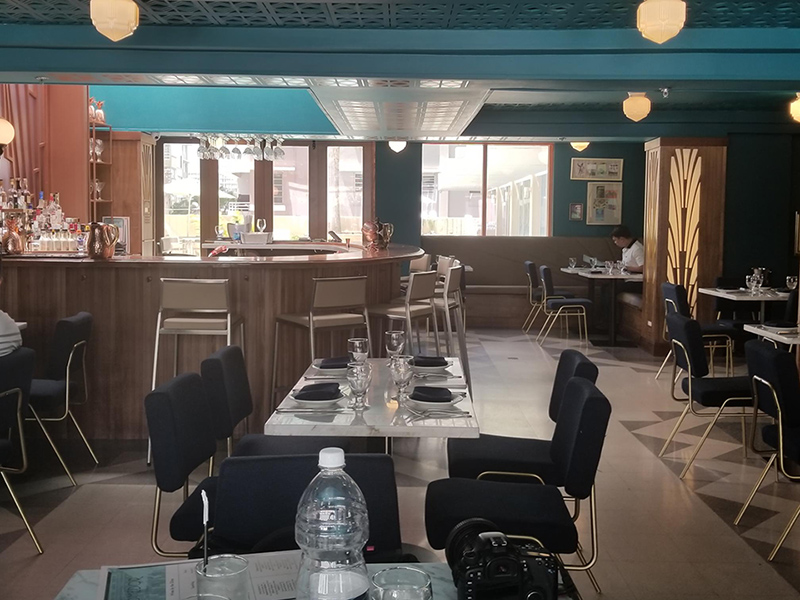
Comedor. Credit: DeMarco Williams
Comedor has more of a vintage feel. The turquoise ceiling and antique furnishings tell one part of the story. The semi-circle bar with high chairs with hints of bronze in front of a wooden wall panel do, too. The menu calls for local staples (snapper ceviche) done with sophistication (pan-seared salmon atop a buttered Gruyère risotto). But it’s the steady stream of patrons that reveals the most important detail about the restaurant.
The scene is a tad more active at Asere, but that’s more so because of its location — the restaurant sits in the heart of bustling La Placita de Santurce — than any fault of the Puerto Rican-Cuban kitchen. The precision that the team shows with the fish crackling and roasted chicken makes it clear that patience is an essential ingredient here. As for the Lavanda Bruja cocktail, our taste buds tell us that lavender and a generous douse of vodka are key.
When you excuse yourself to go to the restroom after your meal, sneak up to the second-floor La Carnicería bar. The red-tinted space, which looks like it could have been one of the sets from Baz Luhrmann’s Moulin Rouge, is worth a visit alone, but you’re actually headed for the balcony. Step outside for a bird’s-eye view of the revelry happening along the square right outside.
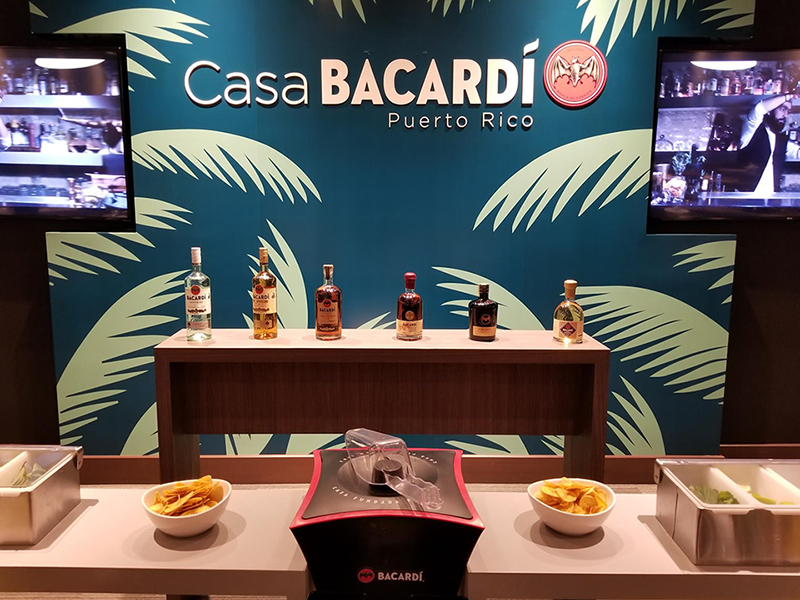
Bacardi’s Mixology Class. Credit: DeMarco Williams
The Experiences
It doesn’t matter how good the food tastes or how spectacular the beaches are, if you don’t make a connection with the locals, you’re still missing out.
A fort tour may not seem like the ideal place to come to this realization, but that’s one of the places where we found it. At the San Juan National Historic Site, our passionate guide slid in informative nuggets about soldier uniforms and pointed to where the music video for the Luis Fonsi/Daddy Yankee smash “Despacito” was filmed. Throughout the tour, he had patience and showed a genuine interest in his audience — two qualities we came across regularly in Puerto Rico.
Equally pleasant staffers can be found at the Bacardi Factory. If you’ve ever been to San Juan, you’ve probably walked these rum-scented halls. If your tour didn’t include a mixology class, though, your visit was incomplete. Our teacher kept the cocktail-making session fun and light. We (kind of) made a mojito and a Cuba Libre (rum and Coke). You’ll mostly laugh and fumble around with your muddler. But no worries. You’ll still earn an official Bacardi mixology certificate when your hour ends.
Take the course and snap the ubiquitous photo in front of the barrels spelling “Casa Bacardi.” And if you’re really feeling the spirit — which, of course, you will after all the sampling and the fragrant fumes — bottle your own rum in the gift shop. The personalized packaging is an especially nice touch.
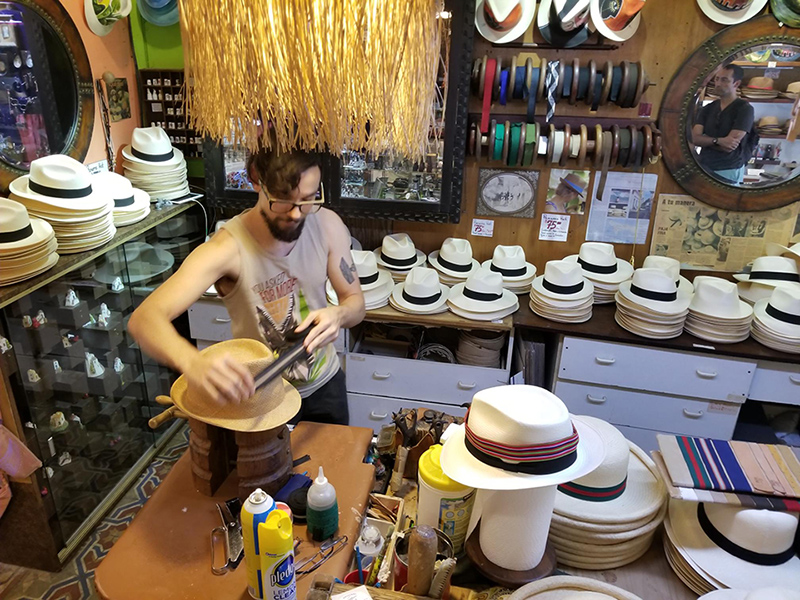
Ole. Credit: DeMarco Williams
And speaking of individualization, it’s hard to find a better example of it in Old San Juan than at Ole. While far from new, the Panama hat institution still walks customers through the customization process (style, size and ribbon) like it has for more than 30 years. Once owner Guillermo Jeffs or one of his employees forms the hat with an old-school hair dryer, he completes the process by putting your name on a label placed inside.
If you’ve been to Ole before, the exchange may not evoke many emotions. But then again, when you take a minute to think about all that this lovely island has been through over the past two years, finding some familiarity after all the chaos may be enough to make you tear up.
